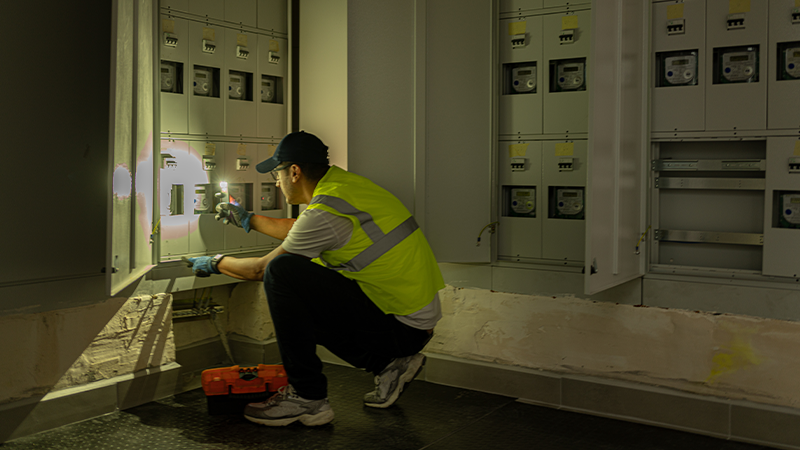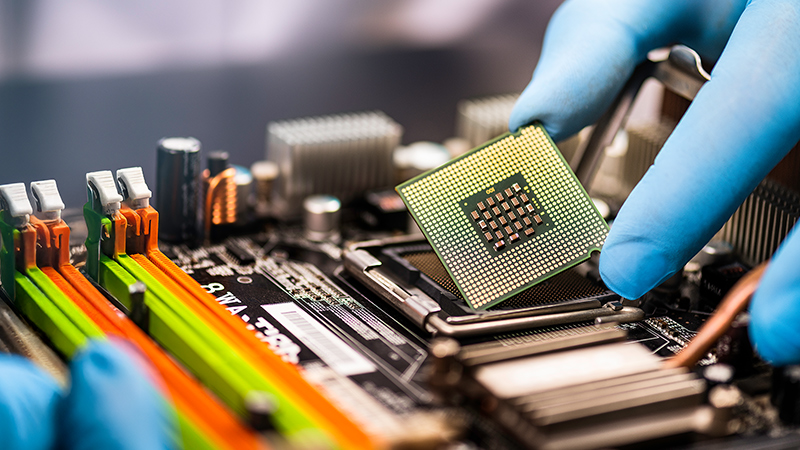In observance of the Christmas Day federal holiday, the New York Stock Exchange and Capital Group’s U.S. offices will close early on Wednesday, December 24 and will be closed on Thursday, December 25. On December 24, the New York Stock Exchange (NYSE) will close at 1 p.m. (ET) and our service centers will close at 2 p.m. (ET)
Powering AI: Energy crunch sparks investment surge
Made in America is making a comeback
What investors want for retirement
WHO WE ARE
Since 1931, we’ve been working with advisors like you to help achieve client goals
COURSES
Build and lead a high-performing advisory practice
An interactive course to help you lead with vision, scale with confidence and run a practice with clarity and purpose. Sign in for access.
Practice Management
How to talk with clients about AI
Clients anxious about AI and their portfolios, jobs or even how your practice is using it? Use this conversation guide.
Explore more investment and practice management insights
PORTFOLIO STRATEGIES & SOLUTIONS
Capital Group can help you and your business.
Portfolio Construction
See how our objective-based approach fits into your portfolio
RETIREMENT PLANS
Explore retirement plan solutions to help improve participant outcomes
FINRA’s BrokerCheck | Check the background of Capital Client Group, Inc., on FINRA’s BrokerCheck.



